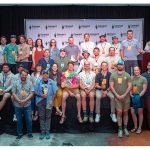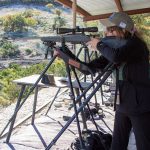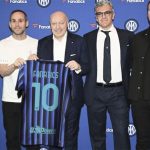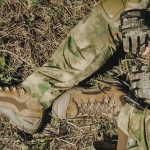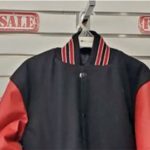Under Armour closed its second quarter with sales above the year-ago period, while cluing analysts in to its plans for new product launches in the back half of this year and the first half of 2009. However, net income declined as a result of front-loaded marketing expenses and other expenses that management expects to result in earnings being more heavily weighted to the back half.
The big story of course is the companys continued expansion into footwear, which accounted for roughly two-thirds of the sales growth for the quarter. That will expand into running footwear in the first half of 2009. Management revealed in its quarterly conference call with analysts that distribution will go beyond full line sporting goods and mall specialty this time around, indicating that they will also be selling the line into running specialty shops, noting that Road Runner Sports has picked up the line.
Back at the mall, the company said it will have product in approximately 600 to 700 Foot Locker doors by the end of 2008 and will begin selling footwear through some of those doors in 2009.
In the fourth quarter, the company will introduce fitted ColdGear, a looser fit version of the cold weather compression product, which will sell at a higher price point. Management noted that for the first time in the second quarter loose-fit product actually accounted for more sales than compression, a sign they said of the companys level of maturity. Sales were saw a nearly 50/50 split with loose-fit slightly ahead in Q2.
Under Armour will also approach mens basketball with a more serious focus than it previously has in the back half of the year.
Looking back at the Performance Trainer launch, management said, “the response that we had around the Training launch was pretty overwhelming. Just four weeks into it, we had sold through more than 30% of our product, which was far and away ahead of where we
expected to be.”
During the first half, the company shipped approximately 70% of the one million pairs of Performance Trainers it planned for the year, with three-quarters of the remaining 30% expected to ship in Q4. One analyst pegged the margin rate on the incremental footwear product at approximately 30%, which management said it expected to improve over time. Footwear accounted for 310 basis points of the companys 370 basis point gross margin decline for the quarter.
Finally, in a discussion of the international business and the need for a soccer boot to find authenticity in Europe, CEO Kevin Plank noted that product will likely begin showing up on the field of play in 2009, particularly with the Hanover 96 side that Under Armour sponsors in the German Bundesliga. The company sees growth ahead for Europe, noting that 80% of sales are compression product through just over 1,700 doors. The Japanese business, which accounted for $38 million in sales in 2007 was expected to nearly double for 2008.
Domestic sales accounted for more than 90% of Q2 sales.
Looking at the retail environment, the company said that retail sell-through of Under Armour apparel outpaced sell-in to its five major accounts by approximately 15%.
That news led the company to take the position that its retail inventories are in good shape for BTS, while also noting that the 43% inventory growth at quarter end was both necessary and a good sign as a deceleration from the more-then-doubled growth that company had previously seen.
The companys owned-retail operations continue to account for a larger part of overall net revenues with the business expected to come in around 15% of sales for the full year. Owned-retail accounted for a low-double-digit (meaning below low-teens) percentage of sales for 2007.
For fiscal 2008, the company continues to expect annual net revenues in the range of $765 million to $775 million, an increase of 26% to 28% over 2007. Men’s apparel is expected to grow between 20% to 25% with women’s and youth apparel growing at a faster rate.
The company did raise its 2008 income from operations outlook to $104.5 million to $105.5 million, an increase of 21% to 22% over 2007, and a $1 million increase from previous guidance.

